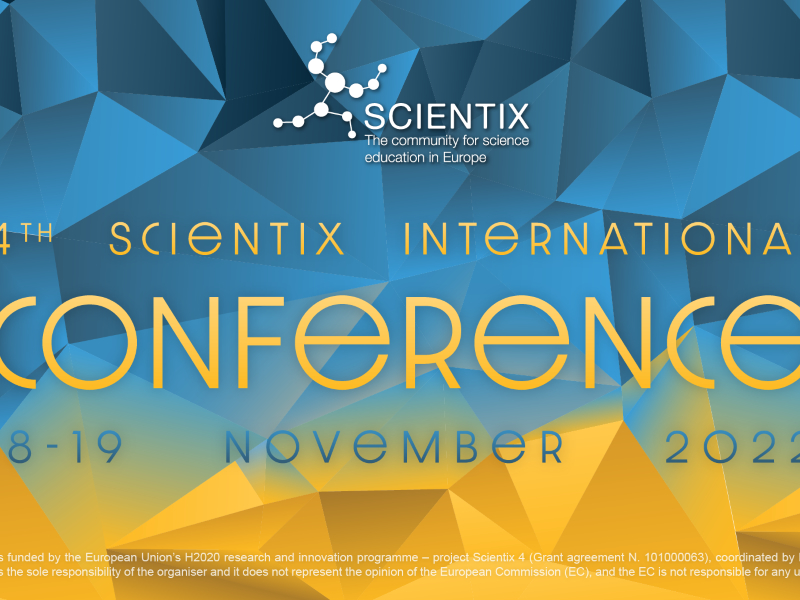STE(A)M Education in Germany
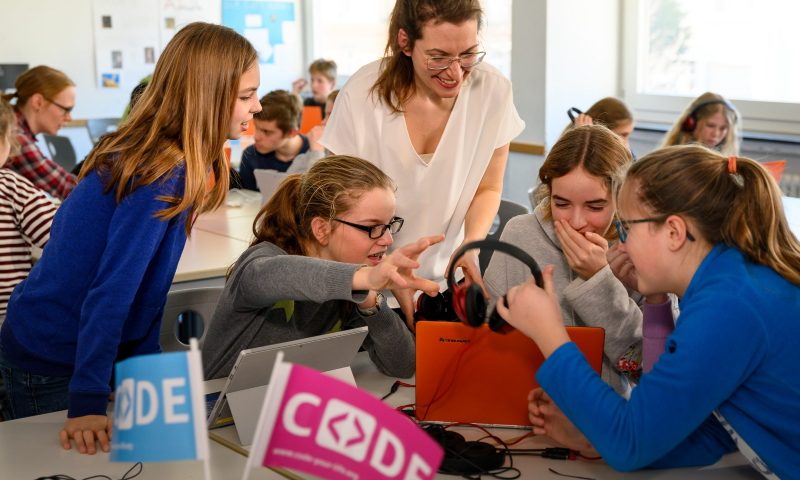
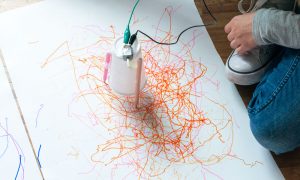 Creative work, photography, crafts, drawing or visualizing sounds are activities associated with the visual and performing arts, music and literature. These promote competences such as spatial and assessment skills, creativity and innovativeness. In this way, they establish a variety of creative activities that can be integrated into school lessons. Not only the development of products and offers, but also the way of cooperation in organizations and companies requires unconventional processes and flexible personalities.
Creative work, photography, crafts, drawing or visualizing sounds are activities associated with the visual and performing arts, music and literature. These promote competences such as spatial and assessment skills, creativity and innovativeness. In this way, they establish a variety of creative activities that can be integrated into school lessons. Not only the development of products and offers, but also the way of cooperation in organizations and companies requires unconventional processes and flexible personalities.
How the required skills of future employees are trained is hardly anchored in the rigid German education system. Meanwhile implementation of individual competences in connection with media use or in connection with STEM subjects has already taken place. However, STE(A)M education is still in its very early infancy in the German education system. Some actions and initiatives are already visible for kindergarten and pre-school, but for primary, secondary and high school STEAM is not anchored in German educational system. In contrast, a considerable number of non-formal educators and initiatives offer a wide range of STE(A)M educational opportunities.
Nationwide initiatives on STEM and Arts
The digitisation is already demanding that education policy focuses on broader skills – especially the 21st Century Skills – communication, creativity, critical thinking and collaboration.
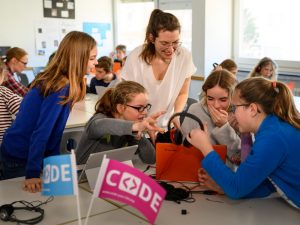 Even if the education policy level has not yet shown any efforts for the implementation of a STE(A)M framework, some initiatives that can be linked to STE(A)M education are visible in Germany.
Even if the education policy level has not yet shown any efforts for the implementation of a STE(A)M framework, some initiatives that can be linked to STE(A)M education are visible in Germany.
In the nationwide initiative “Code your Life“, children and young people experience the connection between algorithms and artificial image creation or create music. “We encourage the imagination and creative use of programming tasks by teaching children and young people to use our Turtle application to define geometric shapes and algorithmic sequences that produce artistic images,“ explains Jutta Schneider, Project manager of “Code your Life”. In recent years, around 300,000 children and young people were involved in activities as well as their teachers and educators which are trained in using and preparing the coding activities. A comprehensive range of teaching materials, online tutorials and teacher training courses are part of the offer.
The combination of art with technology, mathematics and computer science is made visible every year by the award and the associated exhibition Der Deutsche Multimedia Preis mb21 (German multimedia Award mb21). Children and young people from different age groups submit their own creative multimedia ideas and products like creative blogs, sound combinations for the city of the future or painting music by using artificial intelligence. At the annual media festival, the winners’ objects are exhibited, they can be viewed and tried out by the audience. For example, 3D printers can be used to make imaginative or useful things, soldering irons can be used to repair or reassemble technology, and artistic designs can be created.
Helpful STEM structures
STE(A)M education is not yet structurally anchored in the German education system, but for more than 14 years, STEM education has been a central issue in Germany at civil society and political level. The Federal Ministry of Education and Research published the STEM Action Plan in 2019 and defined four fields of action: STEM education for children and young people, STEM professionals, opportunities for girls and women in STEM, and STEM in society.
It would also be possible to access the structure of the previously established STEM networks, which have already created local bodies for STEM education and training and support educational institutions such as kindergartens and schools in exploring and discovering the world of mathematics, IT, science and technology with children and young people.
The aim of these measures is to secure skilled workers in Germany and to promote female employees in technical and scientific fields. There are already numerous civil society initiatives, ranging from the early childhood sector – Stiftung Haus der kleinen Forscher (House of Little Researchers Foundation), through pre-schools and primary schools – awarding STEM-friendly schools – to STEM regions for secondary schools.
STEM Education in Germany
The foundation “Haus der kleinen Forscher” promotes STEM activities for very young children and promotes the natural urge to research. With local players in over 200 local networks, it supports educational professionals in kindergartens with ideas and training to support and awaken interest for STEM education in children.
But even in the area of STEM education, German secondary schools do not provide cross-curricular schooling on the one hand and do not anchor individual STEM subjects on the other. The disciplines of engineering and computer science are not or only rudimentarily included in the educational plans of the Länder. Interdisciplinary lesson planning between several teachers takes place only rarely. The German learning and school structure, in which teachers conduct and organise lessons, leaves little room for interdisciplinary exchange between colleagues. “In an international comparison, Germany has a relatively high number of teaching hours – up to 28 compared to 15-18 hours in China, for example. This leaves little room for further training or for the development and implementation of interdisciplinary learning opportunities in German schools,” said Dr. Ekkehard Winter, Co-speaker of Nationales MINT Forum (National STEM Forum).
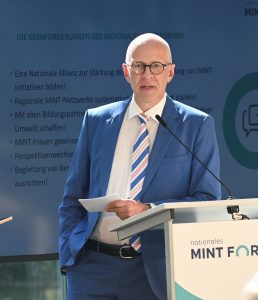
Dr Ekkehard Winter (image – Andres Süß/NFM)
National STEM Forum
One of the central tasks of the National STEM Forum (Nationales MINT Forum, NMF) is to provide impetus for strengthening STEM education in Germany at federal, state and municipal level. The members of the NMF – 30 renowned institutions from science, business and the foundation sector – are involved, for example, in linking school and extracurricular activities in more than 130 STEM regions. These are networks that create locally appropriate, centrally coordinated and sustainably effective offers along the entire education chain in the STEM subjects. Project days, researcher workshops and labs, teacher training and teaching materials are common offerings for those responsible for education. With Parliamentary Evenings or the annual National STEM Summit, the NMF stimulates political debates and addresses key demands to education policy decision-makers. But what about the connection between Art and STEM? Dr. Ekkehard Winter sees this as a broadening of perspectives also with regard to the demands on the workforce in a digitalised working environment. In a working group, the NMF now wants to develop recommendations on how cooperation across subject boundaries can be successful and thus stimulate the debate on STE(A)M education in Germany.
The European project STEAMonEdu
The current project STEAMonEdu initiates a discussion on the STE(A)M educational and competence framework for pedagogical training. In addition, a MOOC and an online-supported in-service training course will illustrate examples of good practice and STE(A)M learning activities to educational staff, teachers. A European STE(A)M community provides impulses for the establishment of STE(A)M education. Helliwood media & education (21st CCC) is the German consortium partner and is responsible for the implementation of the project in Germany. With its experience in implementing media education and offering activities for children and youth within nationwide educational initiatives, it will create and support the German STE(A)M Community.
by Katrin Schuberth, Helliwood media & education


